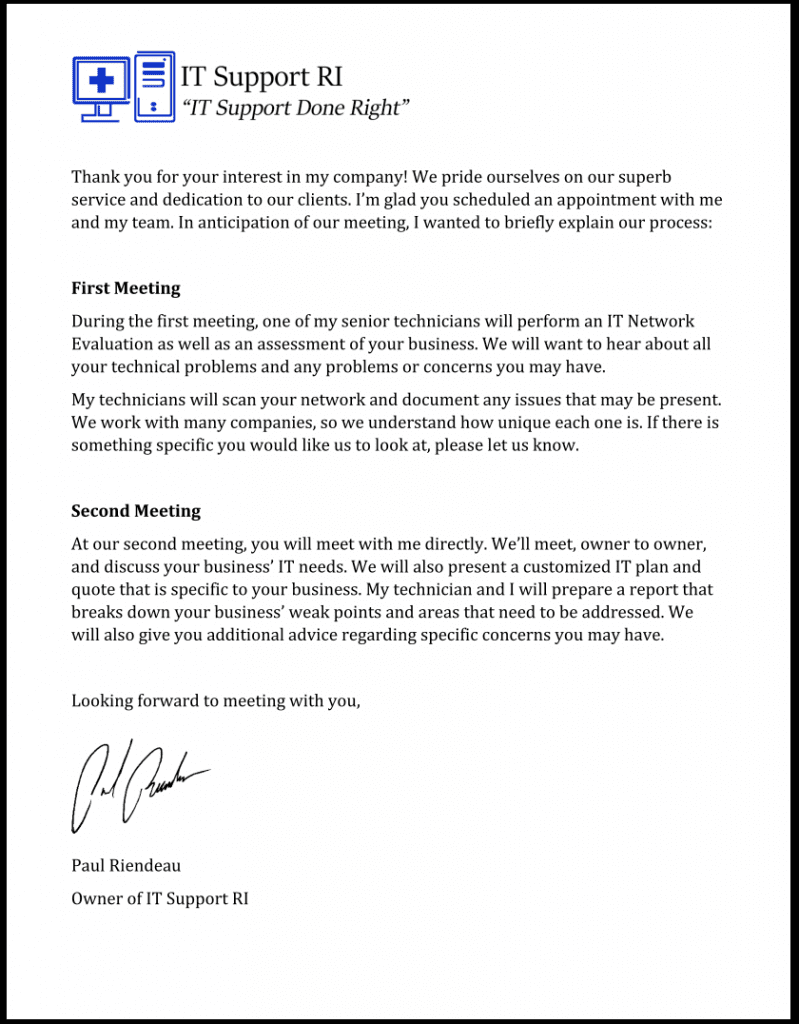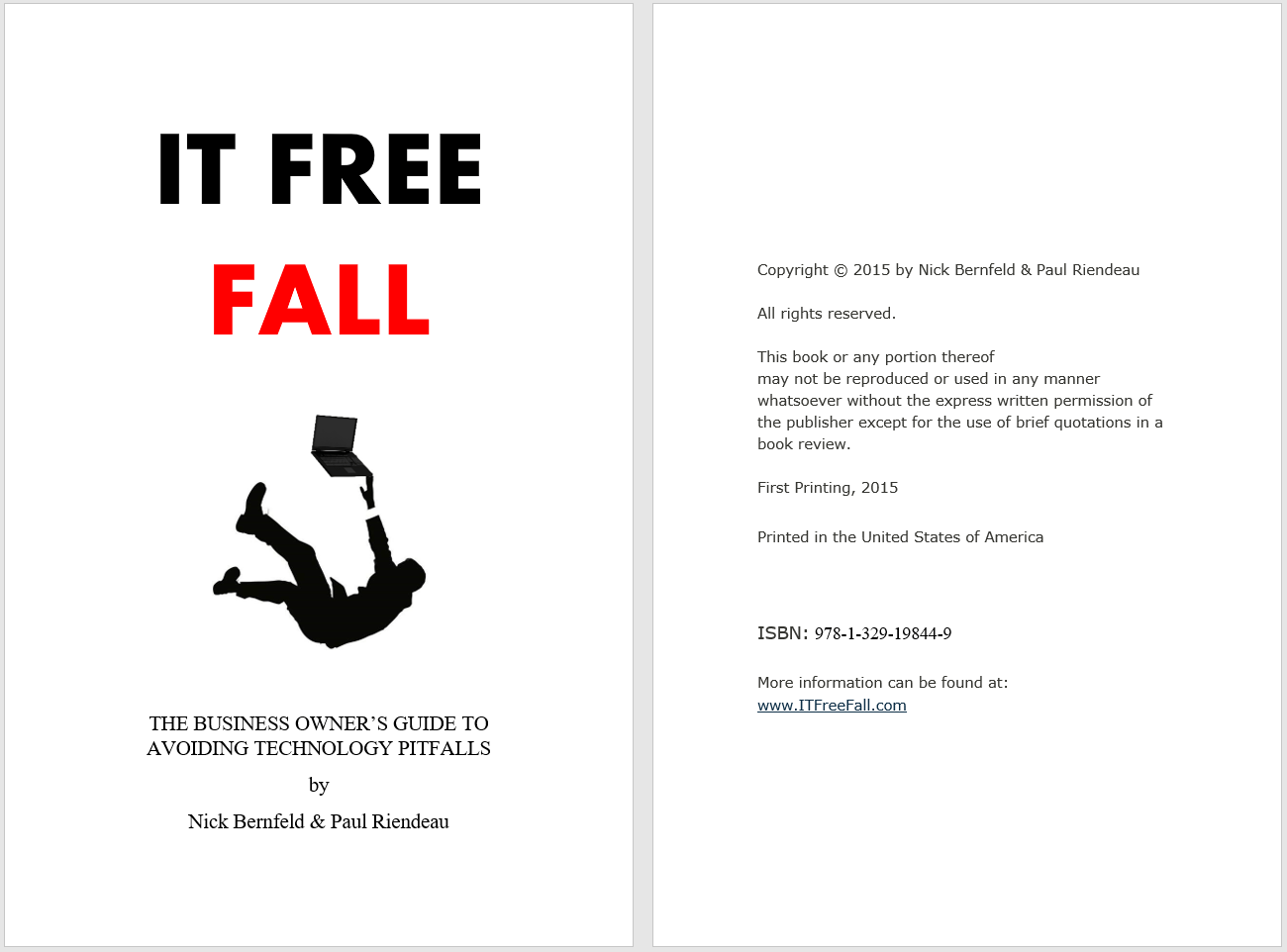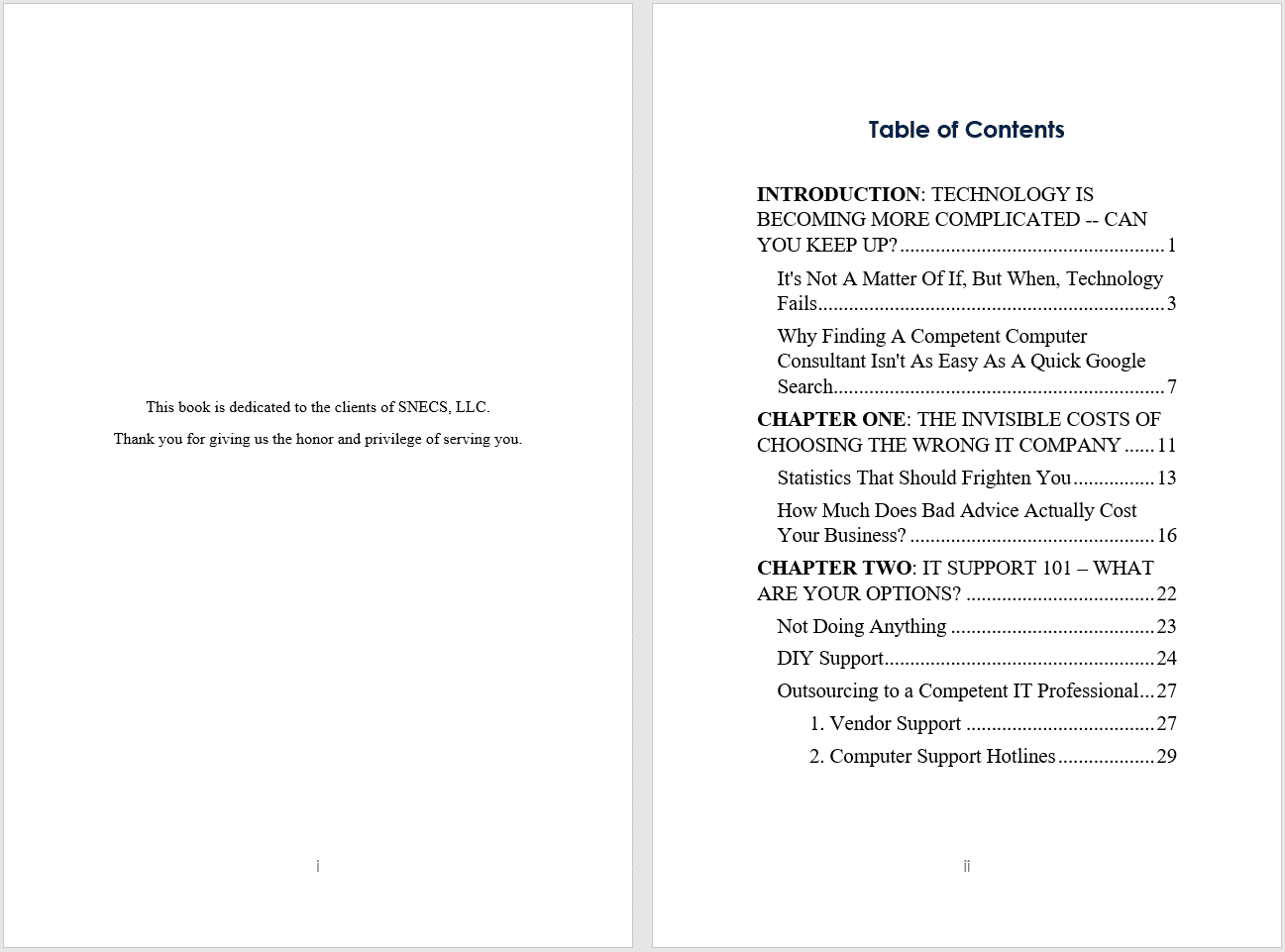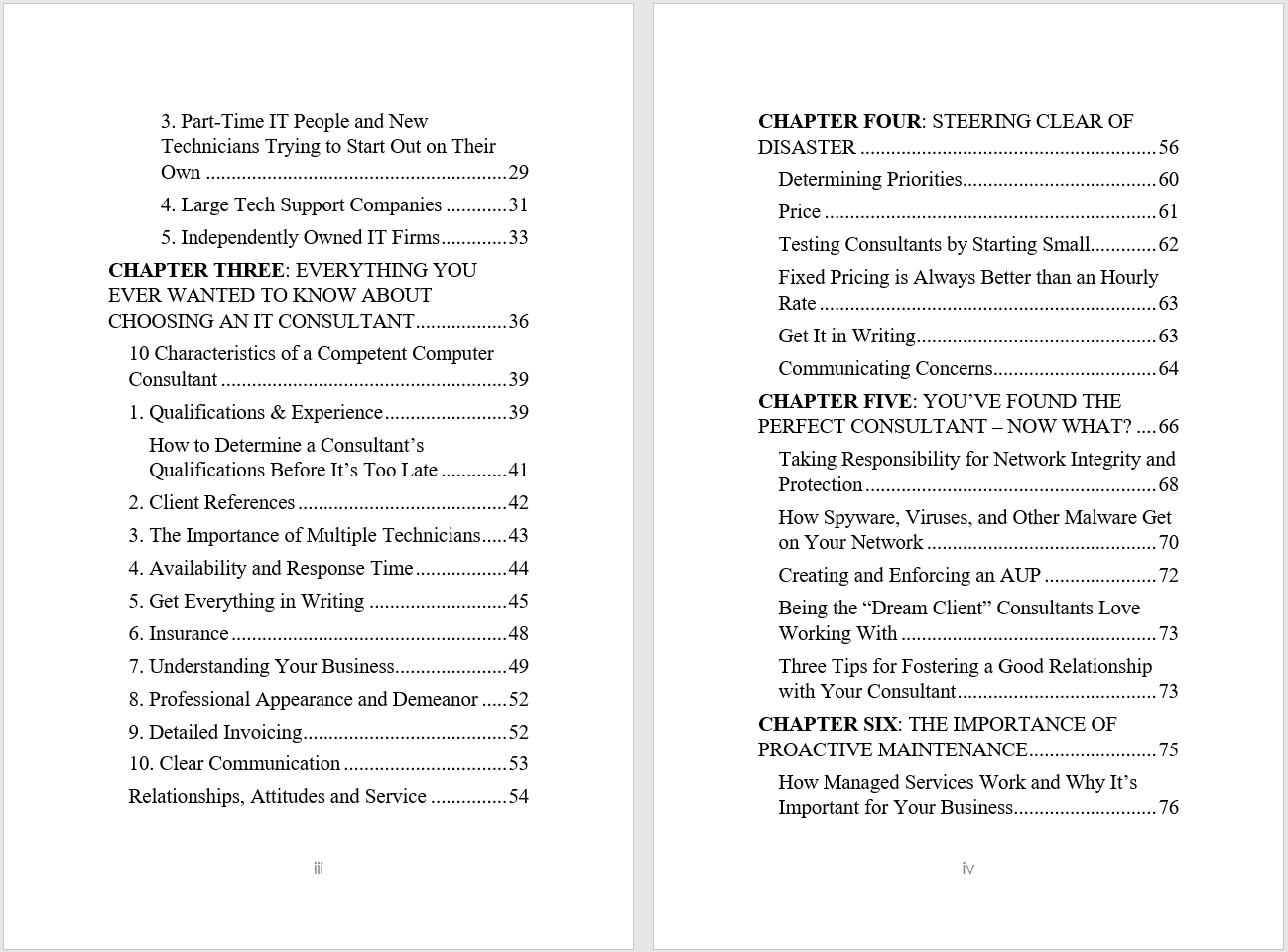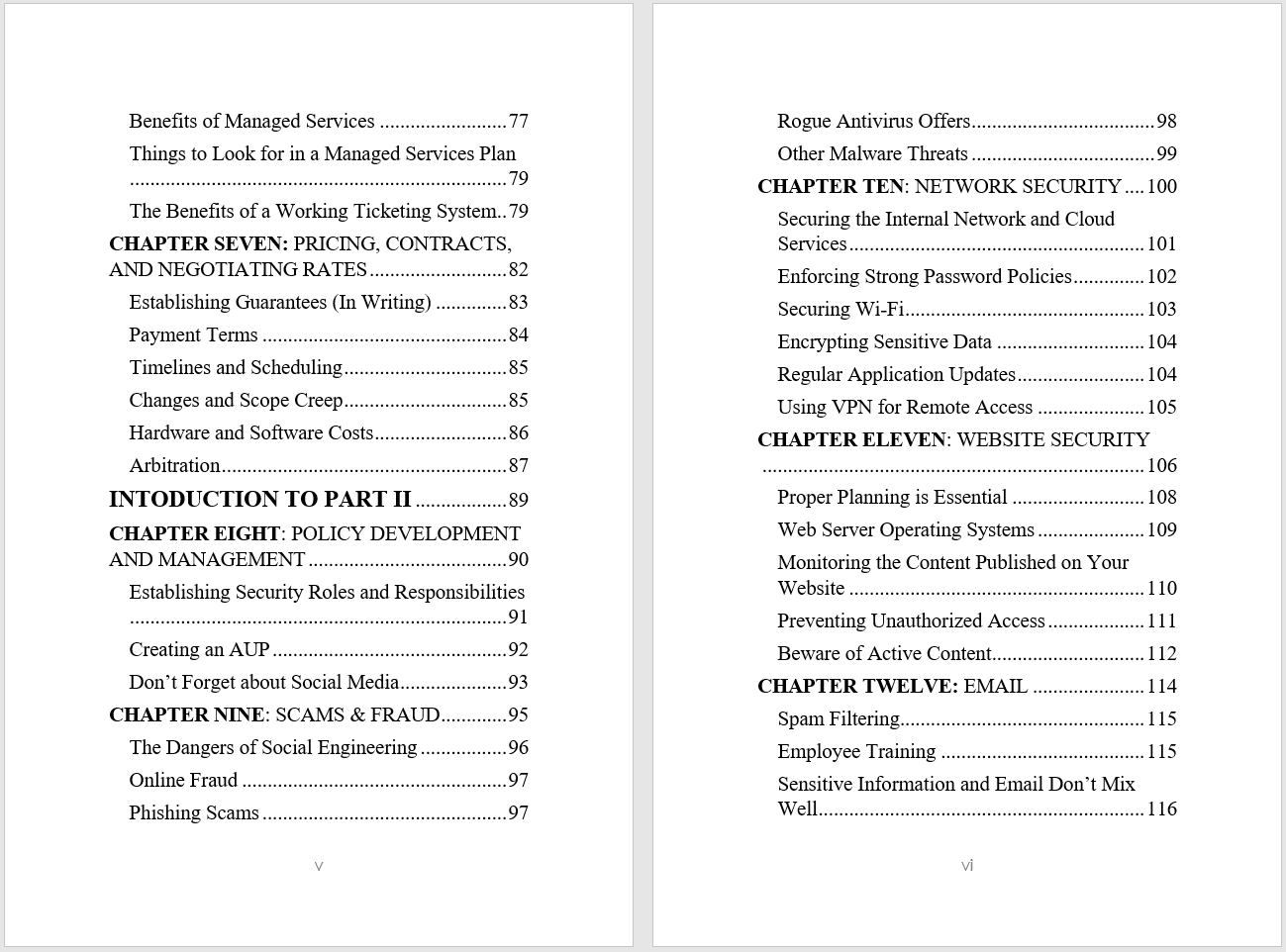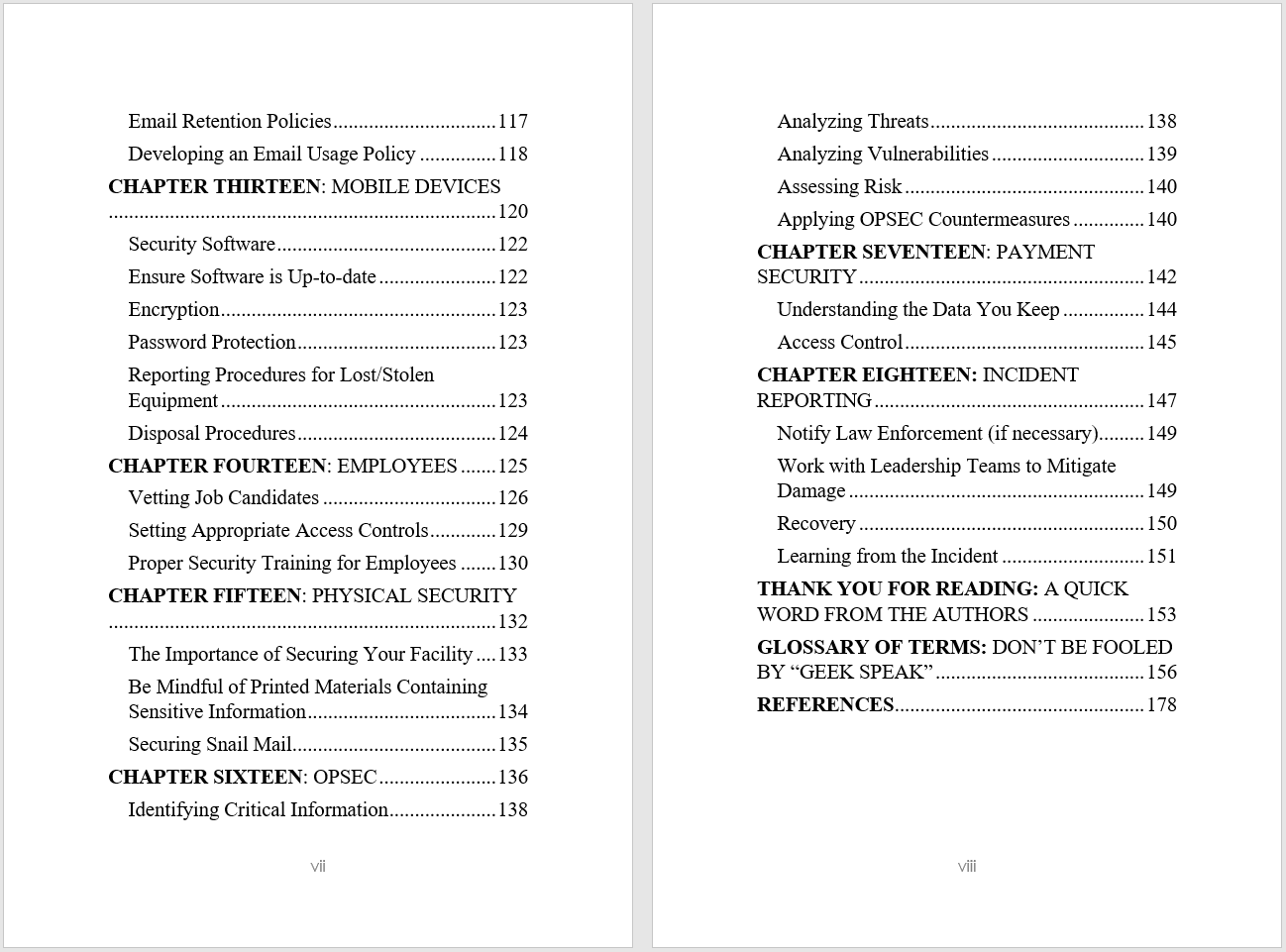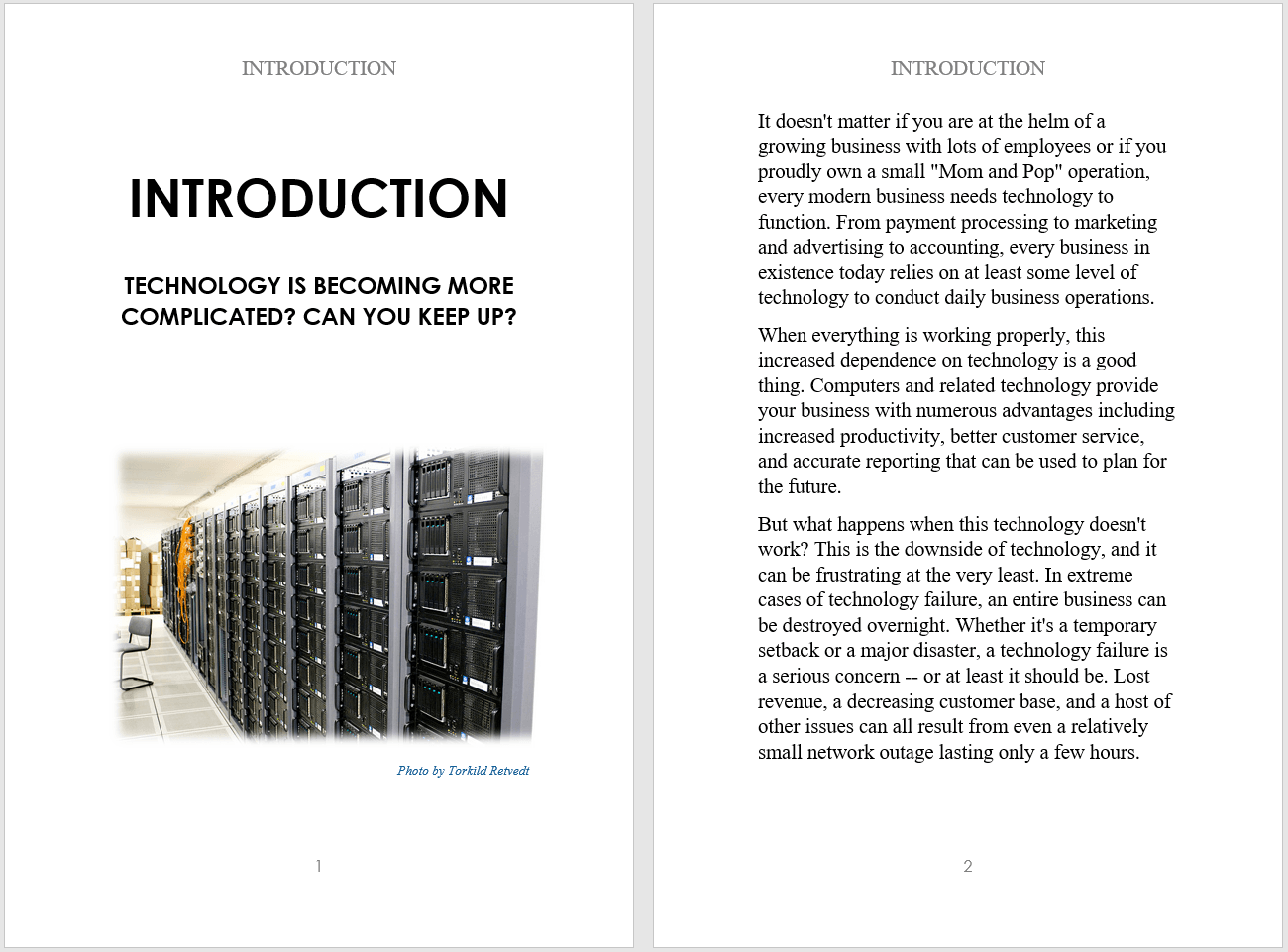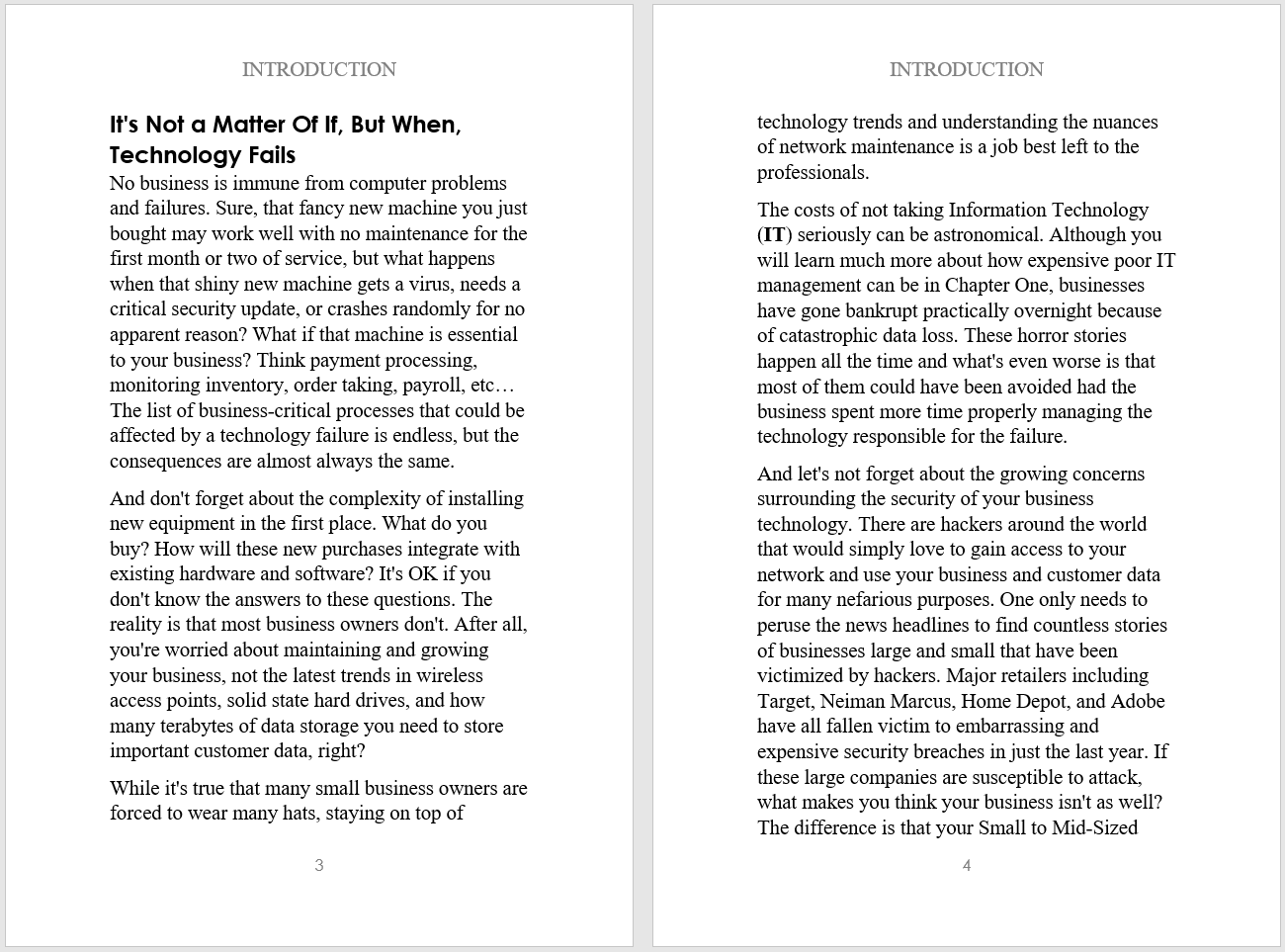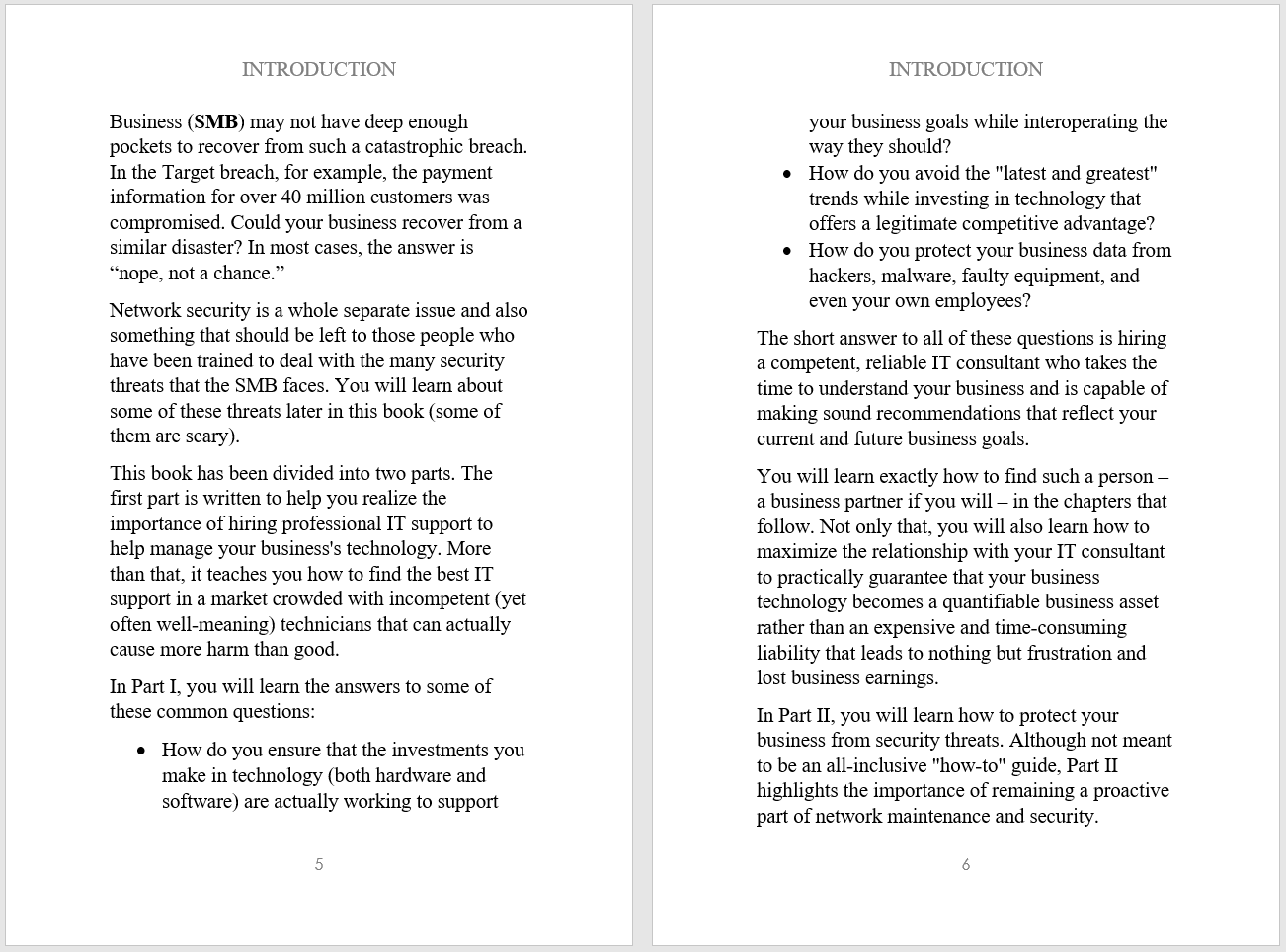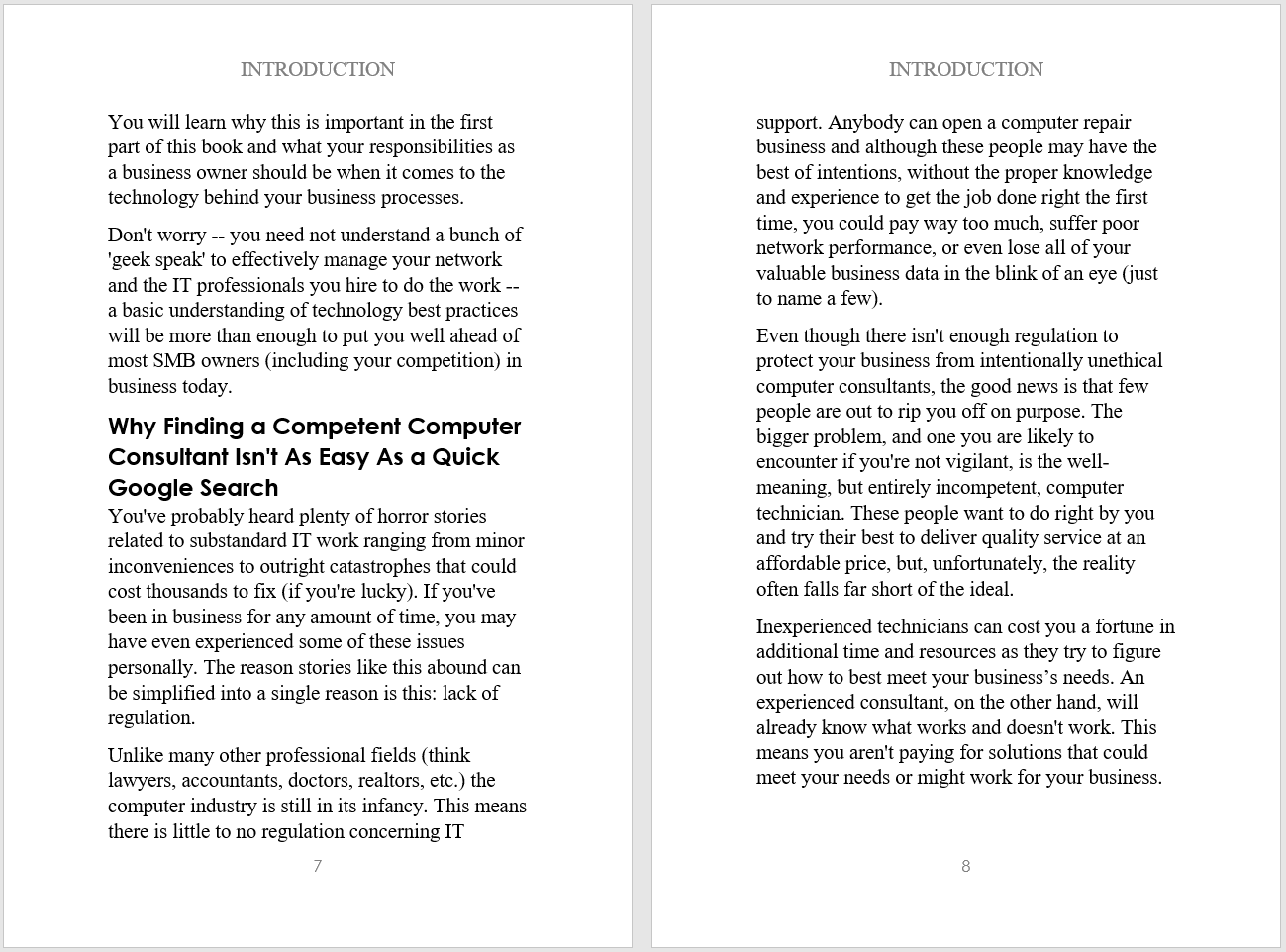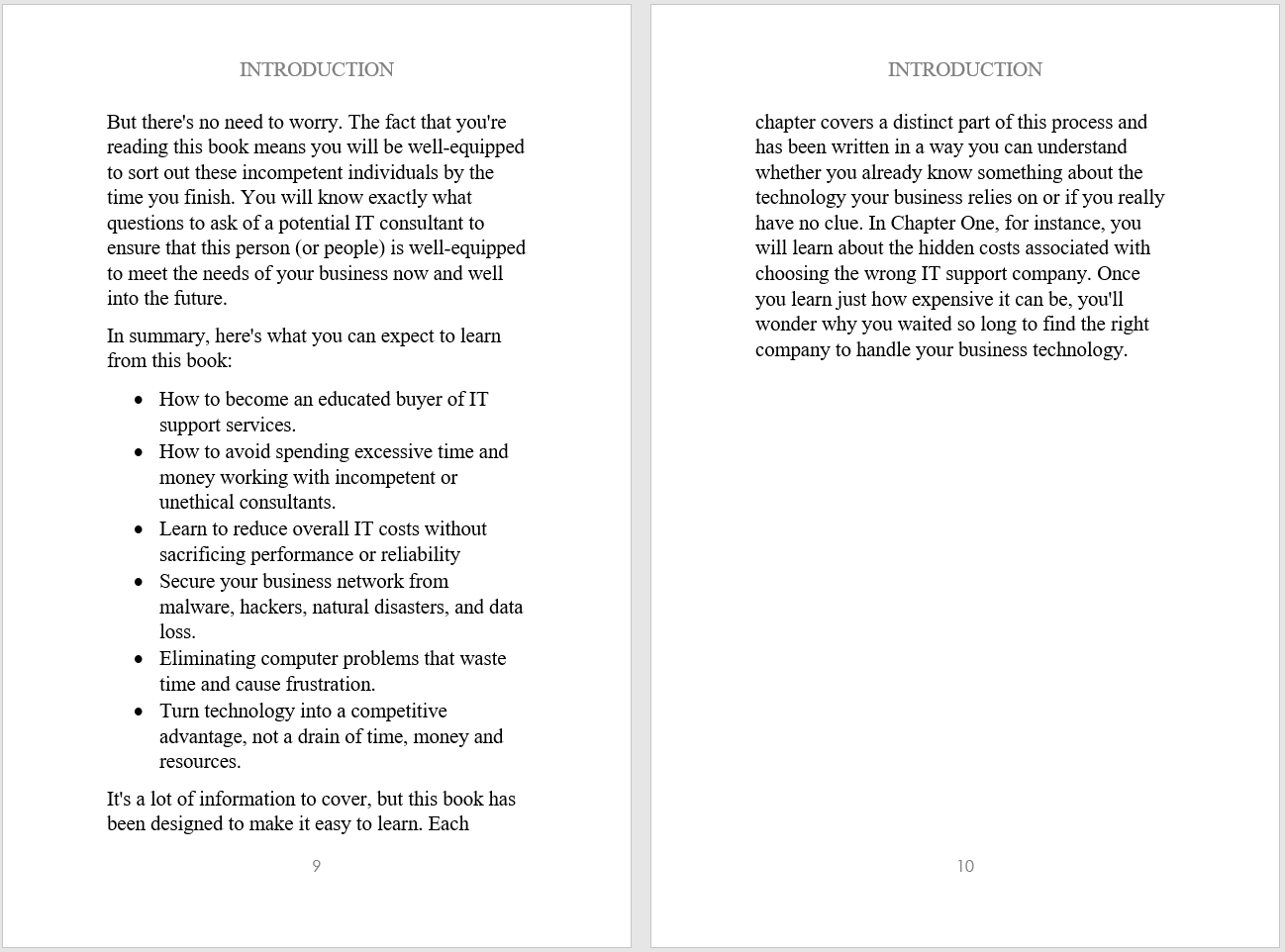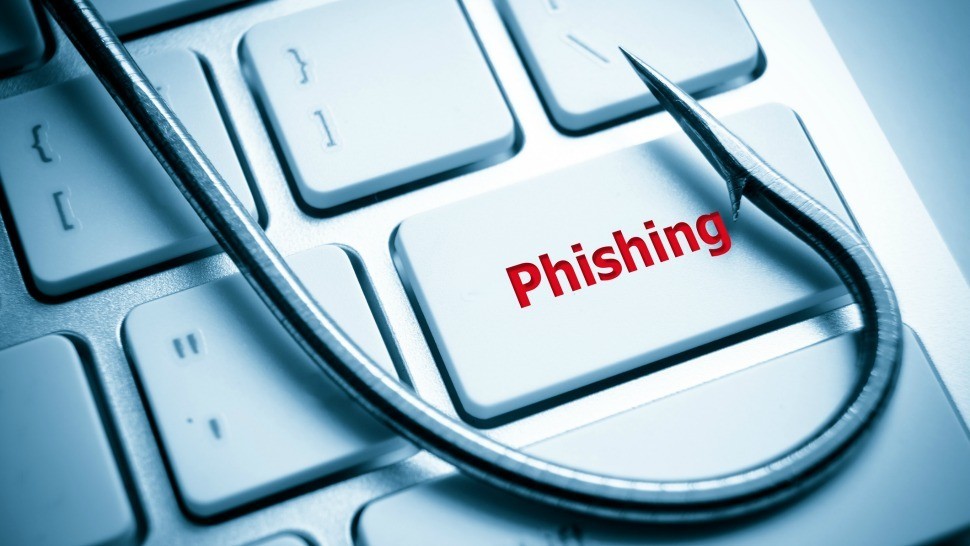
Phishing scams are becoming increasingly difficult to spot. Previously, these scams were emails full of grammatical errors, misspelled words, and threats or ultimatums about your account. Overall, they just didn’t look very authentic. Unfortunately, these “phishers” are improving their methods, and getting better at deceiving people.
What is Phishing?
Phishing is a scam that attempts to collect sensitive information such as usernames, passwords, and credit cards, by using fraudulent emails. Oftentimes, these emails contain a link to a familiar website. Both the email and the website URL appear to look trustworthy and legitimate, but they are “spoofs”. What does this mean? It means that the website is a fake. Ultimately, the phisher’s goal is to trick you into entering your personal information on their fake website. Much like real fishing, phishers sit and wait patiently for you to take the bait.
How to Avoid These “Phishy” Tricks?
Resist the Bait
Most phishers will use urgent or threatening language in the email to catch your attention. Creating a sense of fear, panic, or urgency are common scam tactics. Phishers will try to convince you that you need to act quickly to avoid losing something. If you receive an email that says you need to verify your account information, or that your account will be suspended, tread lightly. If something doesn’t seem right, retreat to safer water.
If There’s a Link, Throw It Back
If you have the slightest suspicion that you received a phishing email, do not click on any links. If you’re not sure about the validity of a link, you can use your mouse to hover over the website. On the bottom, left hand corner of your browser window, you can check to see where the link will direct you. If you’re still unsure, manually type in the correct website address and log in.
Phish Come in Different Shapes and Sizes.
Phishers are getting greedy about the amount of information they want to steal. Sometimes they want a lot of information, and other times they want something specific. Occasionally, these spoofed websites allow the phisher to install malicious software on your computer. The software could be viruses that corrupt your files, or programs that steal your passwords. Regardless of what they’re after, they’ll utilize any tactics that allow them to steal information or spy on you. To reiterate, do not open any links or attachments in suspicious looking emails.
Phishers are working harder than ever to trick you into sharing your information. They know exactly what they’re doing, they know how to scare you, and they’re good at it. Even if the email looks authentic, you should carefully examine it for errors, specific language, and questionable website links or attachments. You need to learn to watch for the warning signs if you want to avoid being a phisher’s next big catch.


